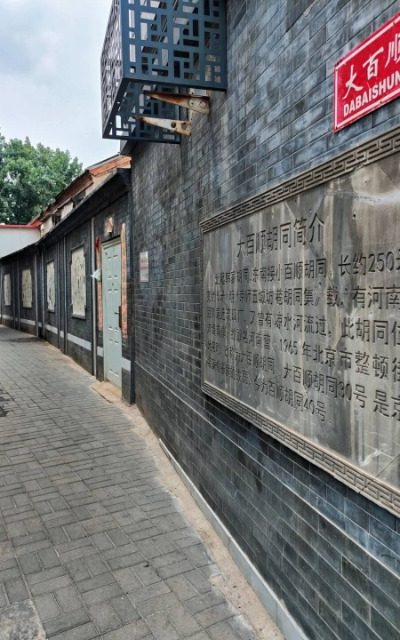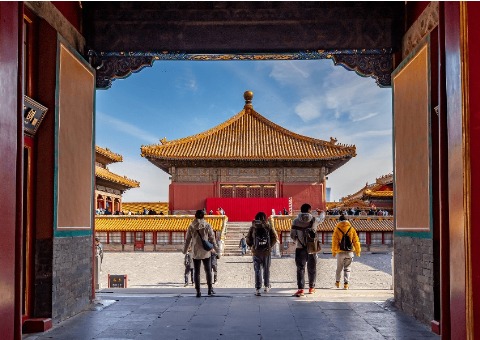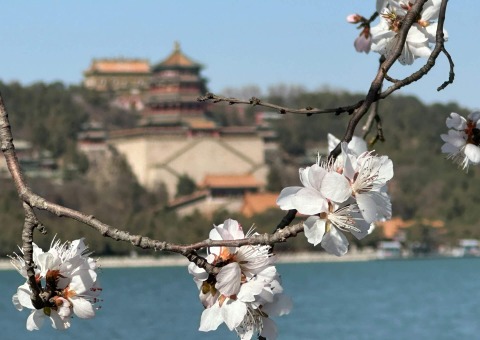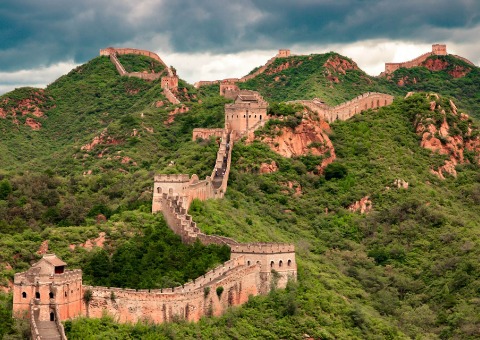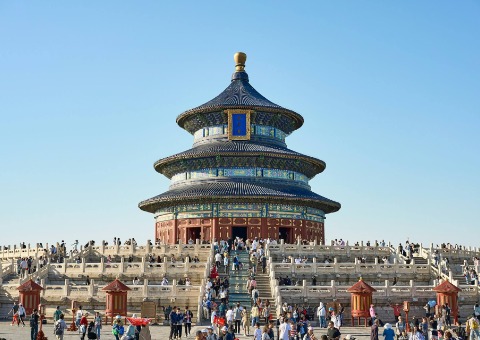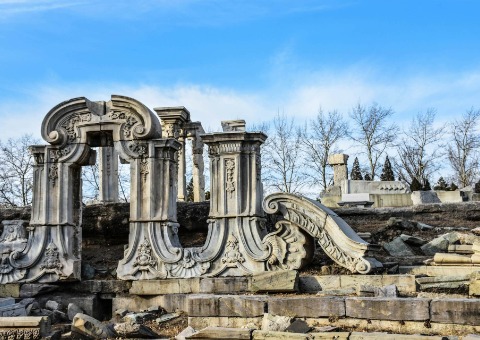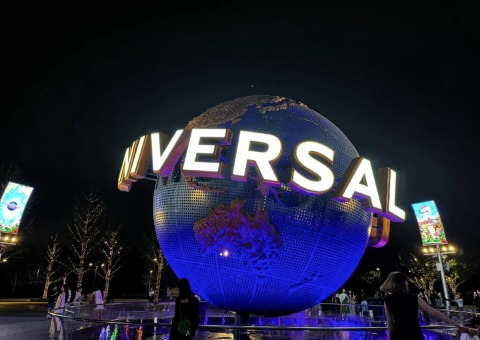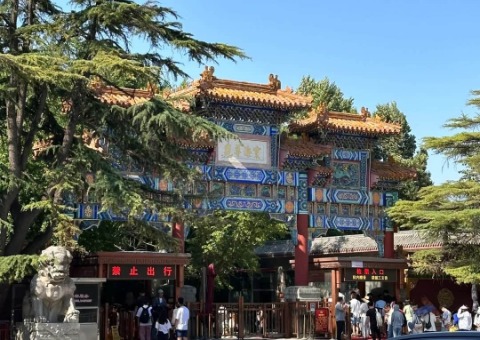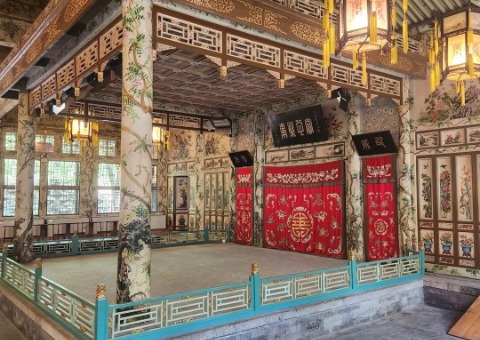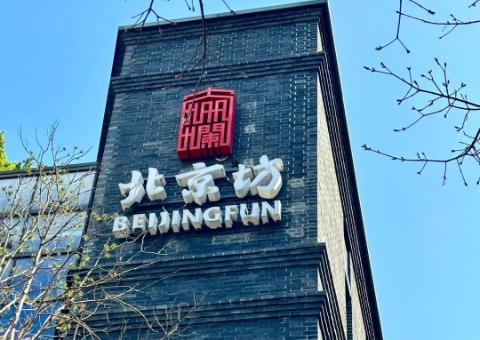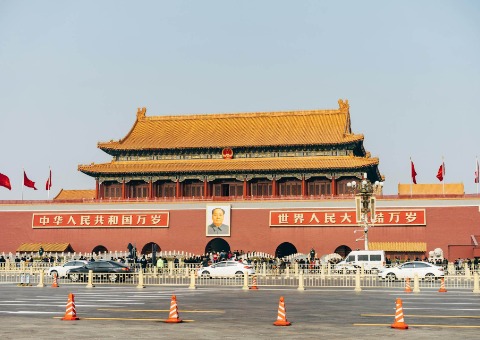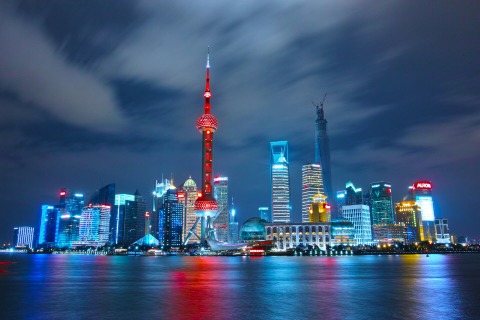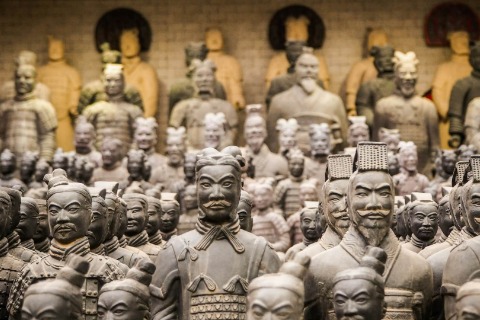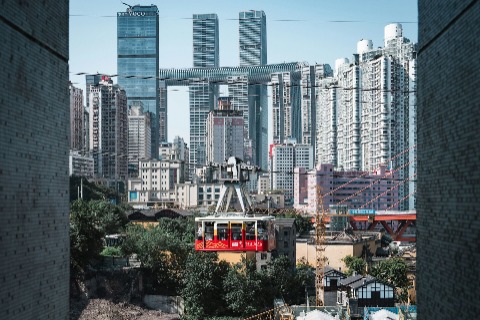Beijing Hutong Guide
Not visiting the hutongs is like not visiting Beijing at all
The history of Beijing’s hutongs dates back to 1267 AD, during the Yuan Dynasty, giving them over 700 years of history. Hutongs are a traditional residential layout in Beijing. They function as passageways between homes and also serve as streets. The size of Beijing’s hutongs varies, with the longest measuring about 1,130 meters and the shortest just 20 meters.
In the hutongs, you can discover traditional Beijing crafts, such as old tea houses and shops selling Beijing cloth shoes, and experience the charm of ancient craftsmanship. You can also enjoy traditional Beijing foods like zhajiangmian (fried sauce noodles), fried soy milk, and douzhi (fermented soy bean drink). As the city modernizes, some hutongs have been converted into contemporary commercial streets, attracting many young people and tourists.
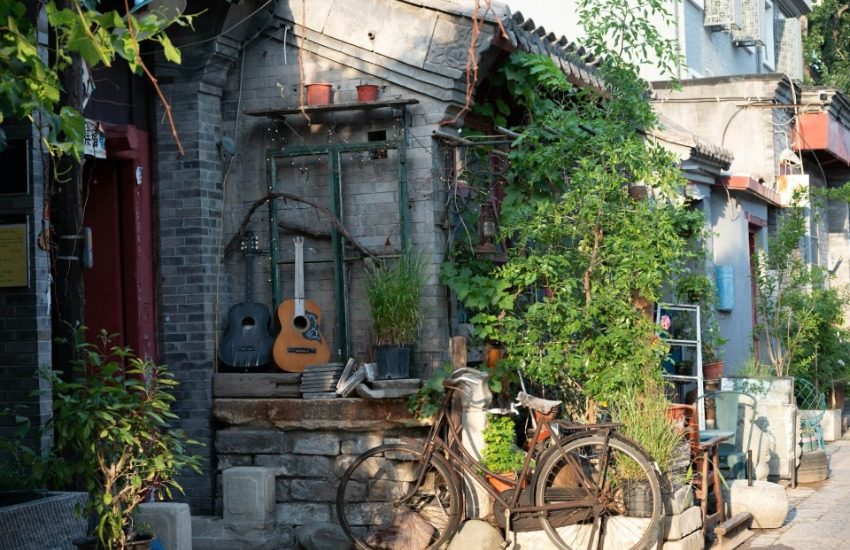
Highlights
Wudaoying Hutong (Chinese name: 五道营胡同)
Wudaoying Hutong is one of the oldest hutongs in Beijing. This area not only preserves a wealth of traditional architecture and cultural heritage, such as courtyard homes, the Confucius Temple, the Imperial Academy, and Yonghe Temple, but also incorporates modern elements with trendy cafes, bars, and designer boutiques. With its deep historical roots, Wudaoying Hutong was once a gathering place for many Chinese scholars and literary figures, witnessing both the prosperity and changes in Beijing’s history.
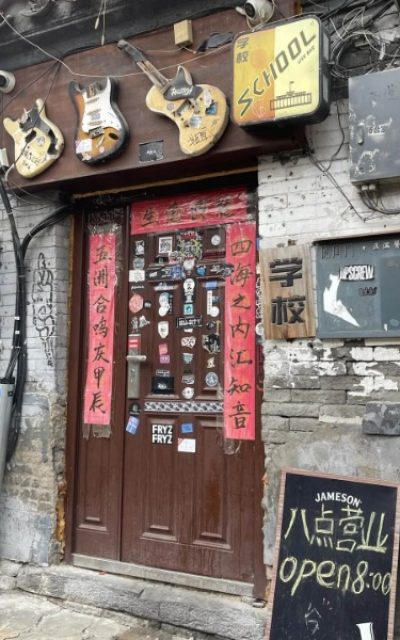
Shijia Hutong (史家胡同)
Compared to the bustling tourist spots like Nanluoguxiang and Yandai Xiejie, Shijia Hutong offers a quieter and more relaxed atmosphere, allowing visitors to truly experience the history and culture of old Beijing’s hutongs and courtyard homes. The Shijia Hutong Museum is a key attraction here. Through model displays, historical photographs, and detailed explanations, visitors can learn about the origins and development of Shijia Hutong, its historical stories, and valuable antiques from the past few decades, giving a sense of stepping back into the daily life of old Beijing.
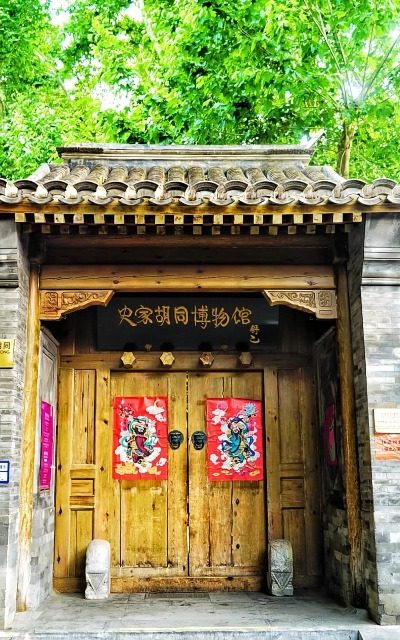
Dongjiaomin Lane (东交民巷)
Dongjiaomin Lane is the longest hutong in Beijing, stretching from East Tiananmen Square Road in the west to Chongwenmen Inner Street in the east. In 1901, following the signing of the Boxer Protocol, Dongjiaomin Lane became the foreign legation district. The area still features buildings such as the French Embassy, the Austro-Hungarian Embassy, the Belgian Embassy, the Japanese Legation and Consulate, the Italian Embassy, and the British Embassy. These structures have been preserved in their original state and reflect the eclectic architectural style popular in Europe and America in the early 20th century.
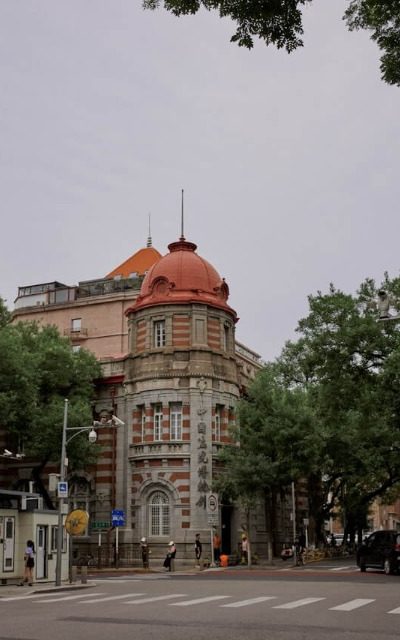
Guozijian Street (国子监街)
Guozijian Street is famous for its historical Confucius Temple and Imperial Academy, making it the only street in Beijing designated as a municipal cultural heritage site. It is also the only remaining street in Beijing with traditional archways. Lined with gray-walled, blue-tiled buildings from the Yuan Dynasty, the street offers a serene and elegant atmosphere where visitors can ride bicycles and enjoy the quiet, timeless charm.
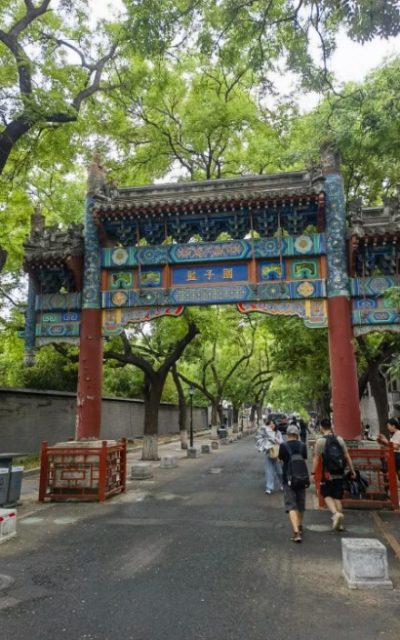
Mao'er Hutong (帽儿胡同)
Mao’er Hutong is named after the traditional hats made by local villagers. It stretches 565 meters long and is 7 meters wide. The hutong retains its traditional architectural style and layout, featuring narrow alleys, courtyard homes, and old brick-and-wood structures.
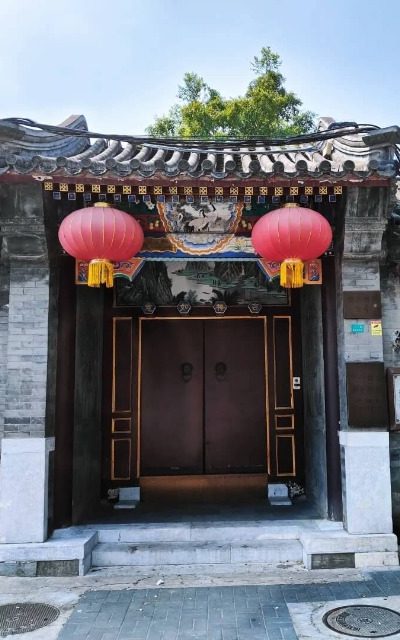
Yangmeizhu Xiejie (杨梅竹斜街)
The street is lined with trendy bookstores, restaurants, and intriguing experience shops, creating a unique blend of traditional Beijing craftsmanship and modern fashion. Yangmeizhu Xiejie was once a cultural street where Qing Dynasty scholar Liang Shizheng and modern writer Shen Congwen lived. Today, it serves as a window into Beijing’s traditional culture and a popular spot for young people.
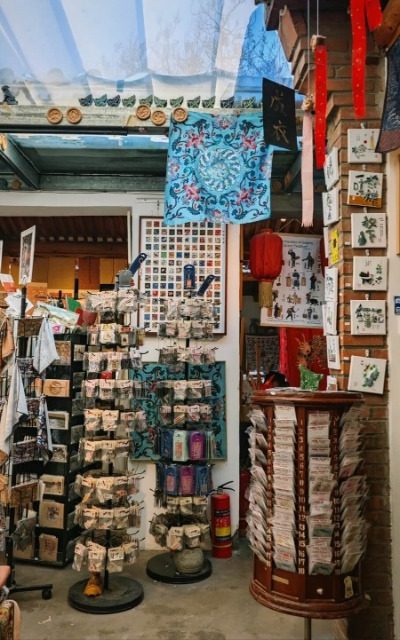
Nanluogu Lane is one of Beijing’s oldest neighborhoods, with a history of over 740 years. The layout of Nanluogu Lane runs north to south, with 16 hutongs arranged neatly on the east and west sides, forming a “fishbone” pattern. From above, the street resembles a giant centipede, which is why it is also known as Centipede Street. The area around Nanluogu Lane also features several historical and cultural sites related to Beijing’s history, such as the Bell Tower and Drum Tower.
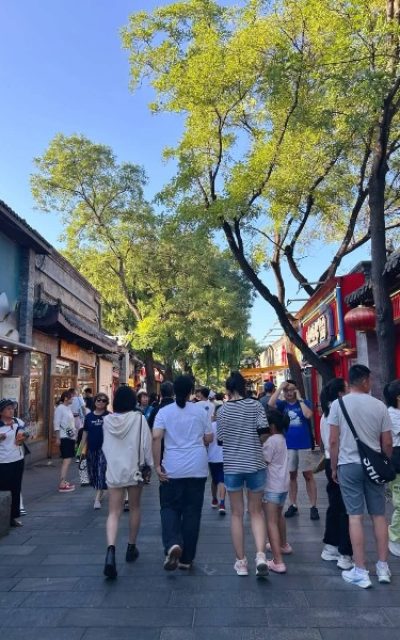
Yandai Xiejie (烟袋斜街)
Yandai Xiejie, named for its shape resembling a tobacco pipe, was primarily known for selling tobacco pipes, smoking accessories, antiques, and artwork during the late Qing Dynasty. The street features numerous traditional buildings, such as courtyard homes and shops, as well as various specialty stores selling handcrafted items, antiques, and souvenirs. Nearby, there are several historical sites worth visiting, including the Prince Gong’s Mansion and Shichahai.
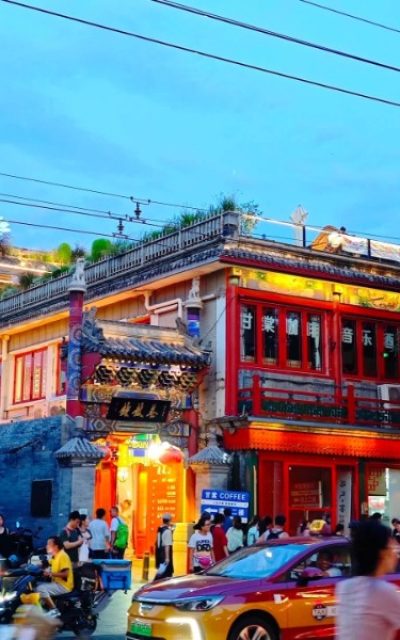
Liulichang Old Culture Street (琉璃厂古文化街)
Liulichang Old Culture Street was named for its production of glazed tiles during the Yuan Dynasty. From the mid-Qing Dynasty onwards, Liulichang became increasingly lively and emerged as a popular spot for scholars and intellectuals. Over time, a variety of cultural shops, such as bookstores, antique shops, and art galleries, opened, creating a rich and vibrant cultural atmosphere.
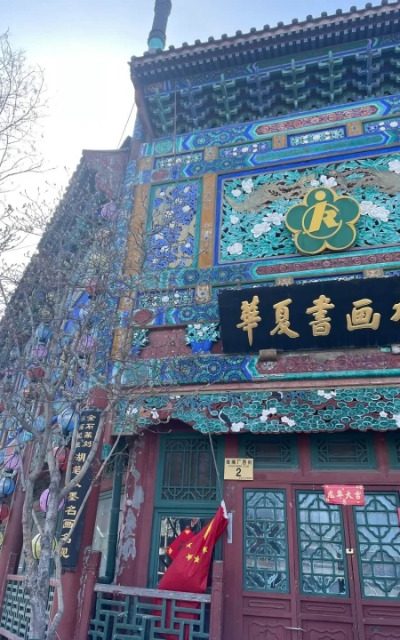
Eight Alleys (八大胡同)
The Eight Alleys are a series of hutongs located between Xizhu Market Street to the north and Tieshu Xiejie to the south. From west to east, they are Baishun Hutong, Yanzhi Hutong, Han Jia Hutong, Shaanxi Alley, Shitou Hutong, Wang Guangfu Xiejie, Zhu Jia Hutong, and Li Shamao Hutong. These alleys are famous not only for their historical value but also because they were once known for housing a cluster of renowned brothels during the Qing Dynasty. Today, the Eight Alleys have been converted into residential areas for local residents.
